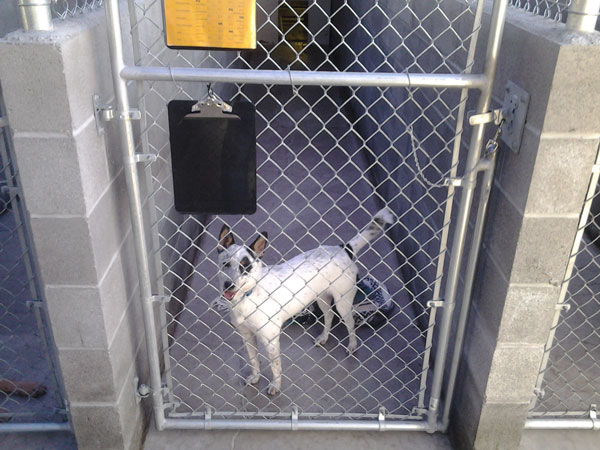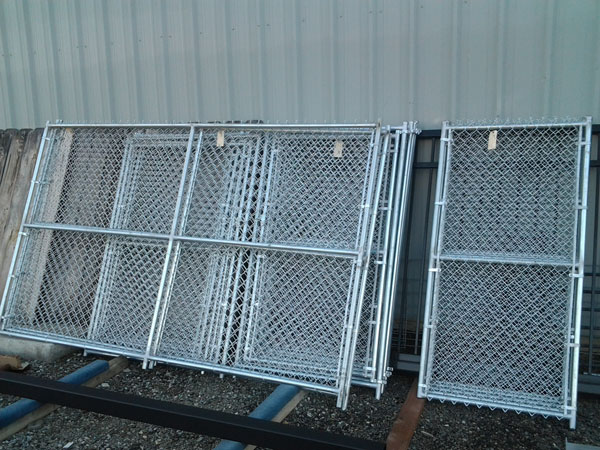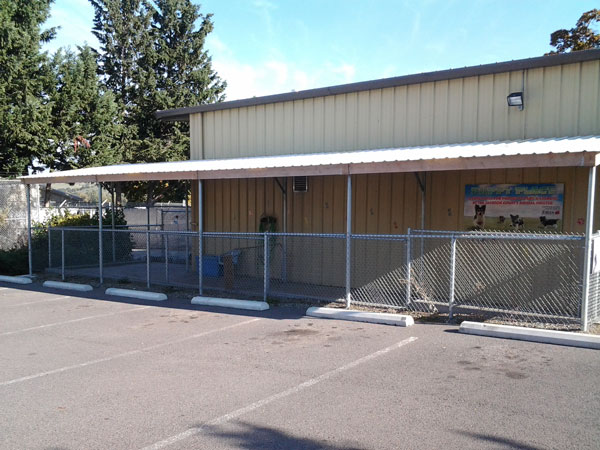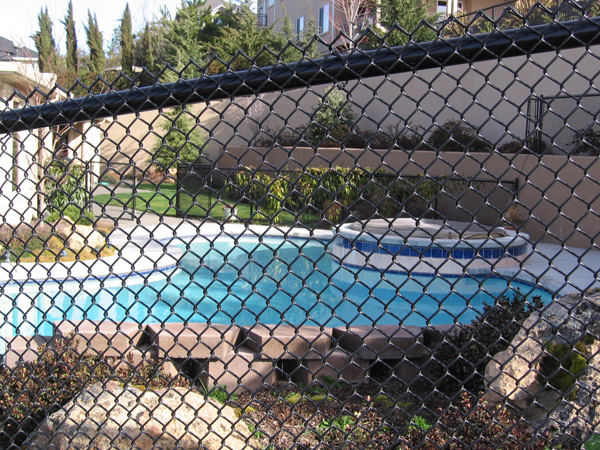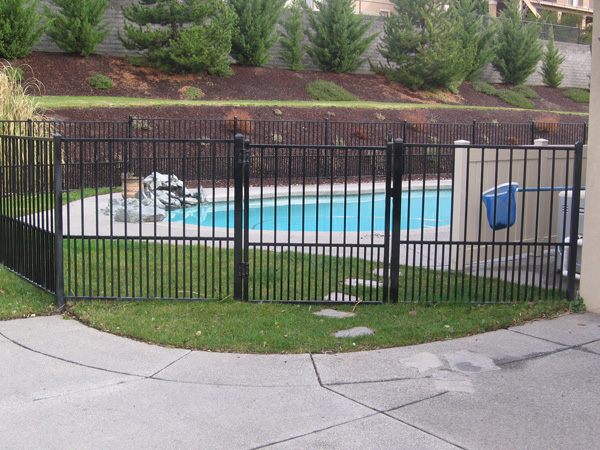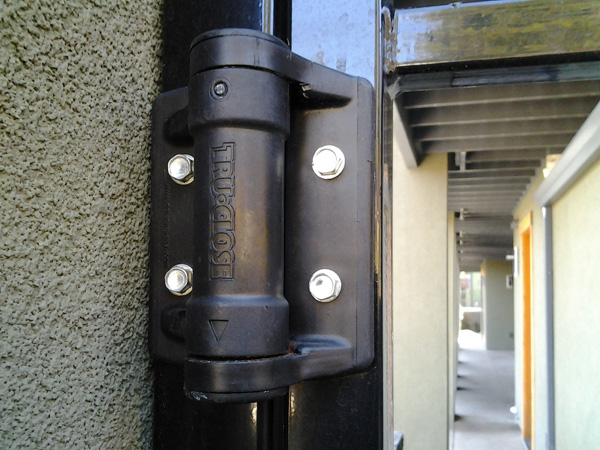For more than 30 years, we have built dog kennels. Not only have we built commercial kennel systems for organizations like Southern Oregon Humane Society, Jackson County Animal Shelter, and Dogs for the Deaf, but also portable kennel panels for homeowner’s who need a safe place for their dog.
For the residential application, dog kennels can be made to be either permanent or portable. Permanent kennels are usually made up of a chain link fence in a fixed location with a gate. We can use powder-coated framework and vinyl coated wire. It looks nicer, but depending on the dog, can lose that attribute quickly.
Portable kennel panels we make in our shop. We start with galvanized steel tubing, cut to length, notched, and welded into panels. Next, we stretch 11 gauge chain link wire, secured with heavy duty bands, and tied to the frame with steel ties. We make a variety of kennel sizes, but a normal kennel is 6’ high, 10’ long, and 6’ wide.
Our kennel panels come with a special clamp that connects the panels together. It can be set up, taken down, and moved at any time. Some other options available to our kennels are lids, smaller gauge wire, roofs, special kennel latches, concrete slabs, heavy gauge wire, and bottom rail.
